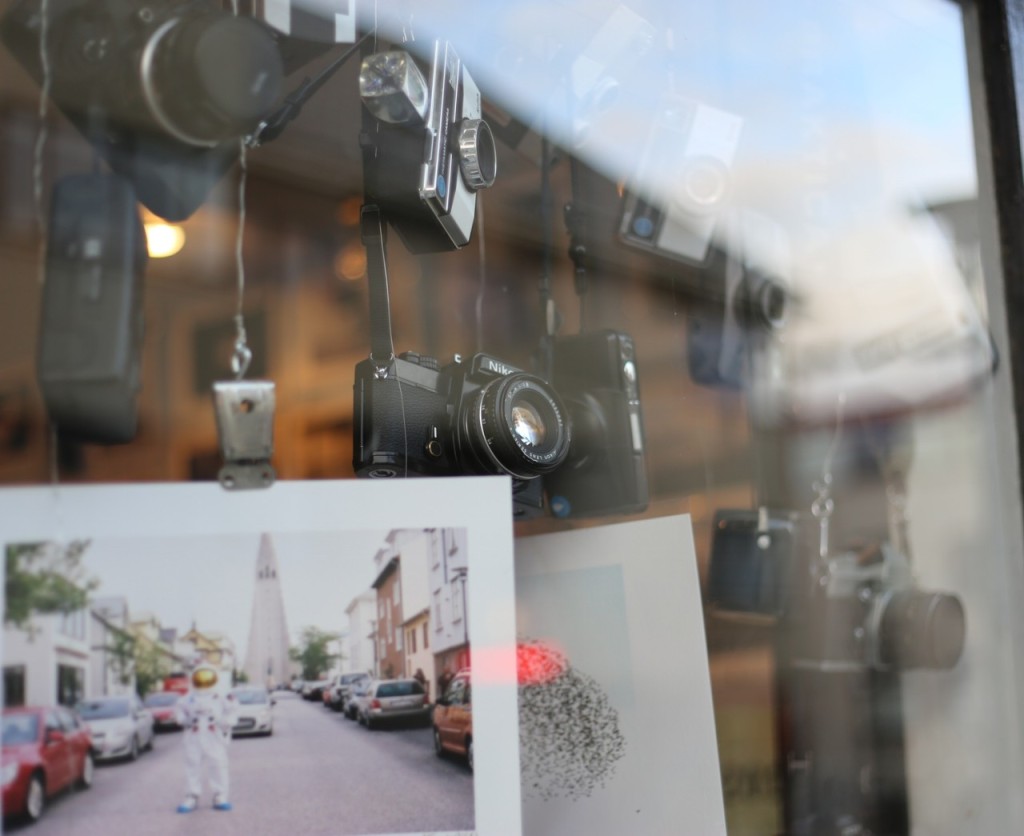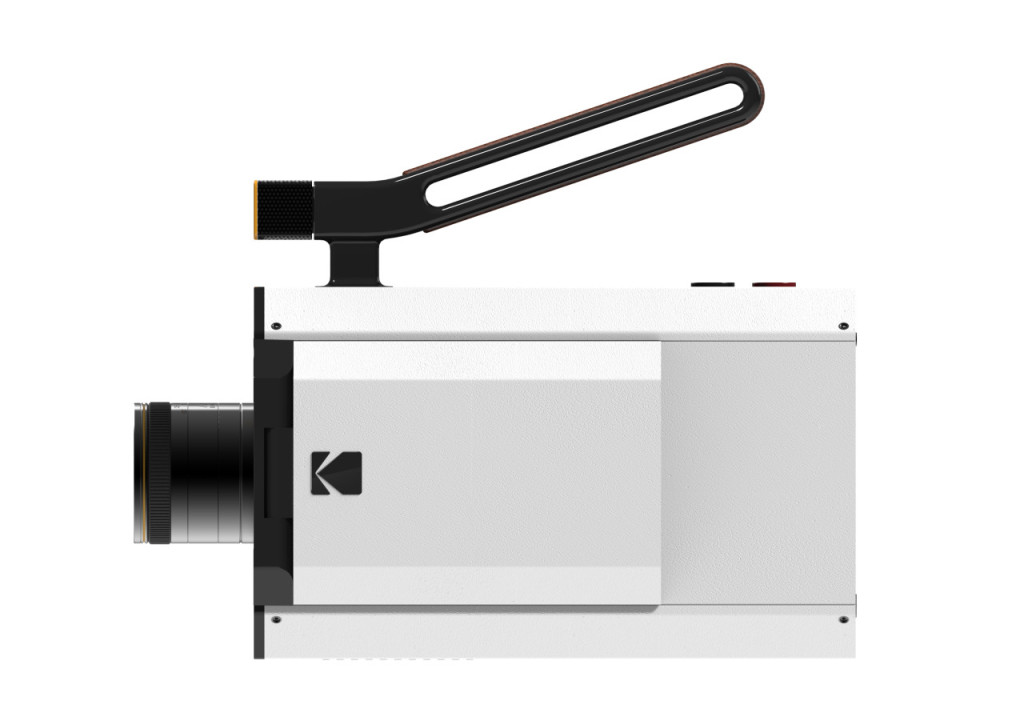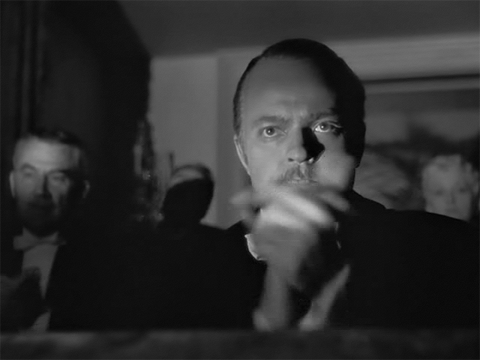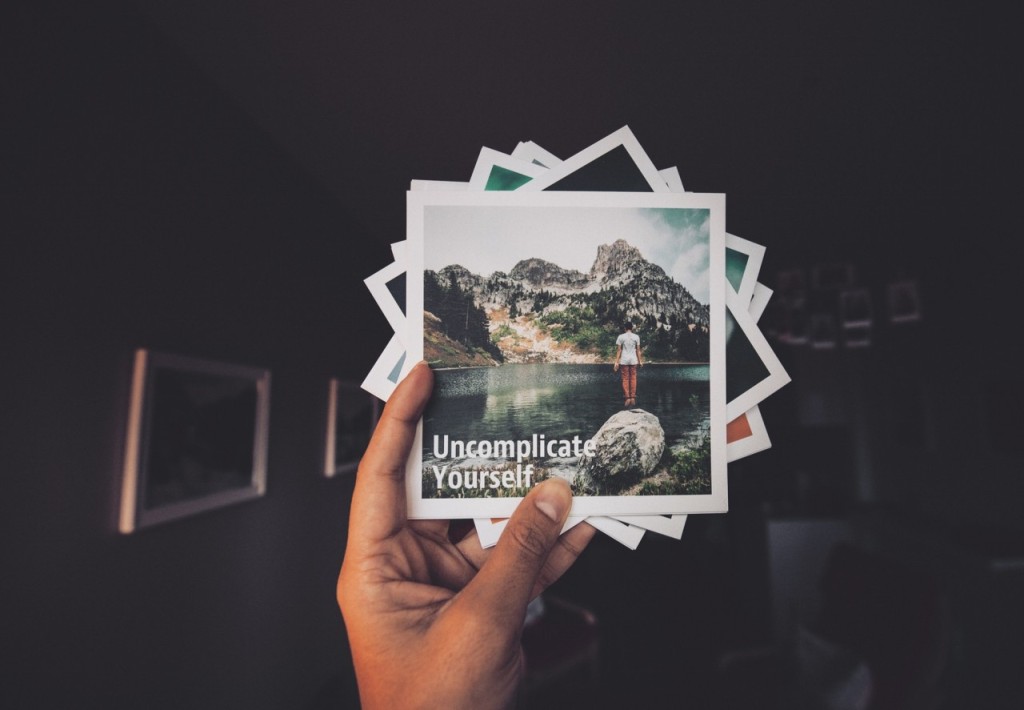
If the beginning of this year is any indication, the technology pendulum is shifting back in the direction of analogue. No longer are analogue technologies being seen as a form of nostalgia or merely a hipster fad. People and businesses are starting to pay attention to the demand for the analogue way of thinking.
The implication of this pendulum shift is a lot more than consumer choices shifting—it is much deeper than that. It shows what we, as humans, crave. We crave experiences that feel real and non-disposable. We crave things of substance, quality and longevity. We crave things that work and last.
The analogue vs. digital debate has been going on for a long time now. Analogue has been painted as bad, inferior and as living in the past. The attitude has been ‘out with the old and in with the new.’ This kind of an approach never seems to work; we always seem to revert back to what felt right.
https://www.youtube.com/watch?v=sQT2W2eG_yA
We are starting to see that companies that were once on the brink of extinction seem to be rising from the ashes. Kodak, Technics, and Polaroid all seem to be making a comeback. Of course they will never return to their once glory years, but this is a sign that something quite remarkable is happening—something that many of us knew was coming and others knew unconsciously.
The Perfect Storm
The perfect storm of technology is now opening up the door for once written off analogue technologies to come back and save us from this digital tyranny. It is allowing us to take the great aspects of digital and combine them with the great aspects of analogue. This is why we see the movement back to older technologies in the consumer world. What started off as a retro movement is now becoming very real.
Vinyl is Alive
The music industry couldn’t have imagined 10 years ago that there would be a vinyl renaissance—but this is happening right now. So much so that Columbia House is rising from the ashes with a new mail order record club. People are wanting to hold their music in their hands and they see that vinyl offers the ultimate listening experience. Not only does it sound better and warmer, it allows people to shut everything off and simply listen to the music.
“I think there is a sense among a lot of people of looking to get back to the broader experience of engaging with media.”
—John Lippman
Film is not dead
Lomography has always been ahead of the curve and has been declaring that The Future is Analogue for 10+ years. This movement, combined with the revival of Polaroid film under The Impossible Project name in 2008, has allowed for a new generation to discover film for the first time.
https://www.youtube.com/watch?v=Y6PE9rYW9wA
People are also discovering that the thousands of photos and continuous tinkering is starting to make us less inclined to think and capture the perfect photo. Most people don’t want photography to feel like work—but under the digital tyranny, it does.
The filmmaking business has also seen a lot of changes over the last 10 years in terms of digital technology, and still relies primarily on Kodak and Fujifilm stock for its productions. Star Wars: The Force Awakens was shot entirely on Kodak motion picture film.

Kodak and prominent Hollywood directors are leading the charge to bring Super 8 film back into the hands of the new generation with its first camera introduction since 1982. This is again not about nostalgia, but rather the future of filmmaking. The thought is that a grounding in film makes better filmmakers.
https://www.youtube.com/watch?v=BON9Ksn1PqI
“The fact that Kodak is giving a new generation of filmmakers the opportunity to shoot on Super 8 is truly an incredible gift.”
—Quentin Tarantino
Authenticity and Reliability
People crave authenticity and are feeling that they are not getting that in the digital realm. It’s interesting to think of social networks as a metaphor for this. Social networks are meant to be tools to enrich our lives in the real-world, but for so many they are purely a one-sided digital world experience that merely provide their daily shots of dopamine and self-gratification.
“We forget the whole point of online existence is to facilitate offline interaction.”
—Bo Ren
Analogue systems and tools can be more reliable. People are opening their eyes to the predictable path that the tech world has us on—mainly the idea that fixing deficiencies happens in updates. The tech industry needs to think more about permanency when it comes to its products. There is too much failure in the digital world and it is breeding a culture of software that is ‘never done.’
Unplugging
The act of using analogue equipment and tools forces you to unplug from the digital grid. It helps you slow-down and be more creative without having to continuously keep tabs on all of your communications. This unplugging allows us to concentrate better and ultimately produce better work—no matter what your profession is.
The Tangible
It’s no surprise too that people are craving to hold their digital memories in their hands—otherwise they are lost on a hard drive. Services like Apple Photo Books, Blurb, and Social Print Studio are truly marrying digital with analogue to produce great experiences.
The Future of Computing
A mesh of digital and analogue as we saw at the beginning of computing is starting to happen in reverse. Programs being tied more to physical analogue objects and programming technologies embracing a somewhat less accurate approach. The movement from analogue to digital that happened in the 1940’s is now starting to move in the opposite direction.
https://www.youtube.com/watch?v=5boBcnoYmHc
“We're On the Edge of an Analogue Revolution.”
—Paul Saffo
Design and Analogue
All of these things have implications on all design disciplines. It is bringing to light the issue of designing more permanent objects and experiences. This is something that the architectural field has long understood and it is great to see it being welcomed into the design fold as a whole.
Bottom line: it’s all about designing experiences that people will remember. Those experiences help shape us as individuals and allow us to move forward as human beings. Digital shackles us in many ways that analogue never did.
In the business of web design—we need to think of the things we design as being more permanent. The web is great in that it can offer the ability to change things quite rapidly and easily, but we need to ask ourselves if that is really how we want to treat every project that comes our way. One need only look at the evolution of the Apple website to see how permanent the site has felt over the years. It still has shades of the original site and it feels like this was a very conscious decision on their part. A very analogue decision.
https://www.youtube.com/watch?v=UQznAYe1-us
As designers, we can take cues from this analogue movement and design more permanent, authentic and human web experiences. We need to start colouring outside of the lines on the web again and bring back some of the fun that we saw happening on the internet 10 years ago.
https://www.youtube.com/watch?v=McdoE6mQvlM
“Ensure it feels like it’s made by humans, for humans.”
—Stefan Sagmeister
As designers we have embraced the digital world and now it is time to go in reverse and embrace more of the analogue in order to create better digital experiences on the web.
The future is a mix of analogue and digital. The future is happening right now.

“Film is like a colony and there are very few colonists.”
—Orson Welles


